Simeon N. Oka9780824746995, 0824746996
Table of contents :
Fluidized Bed Combustion……Page 8
Foreword……Page 10
Preface……Page 12
Contents……Page 17
Table of Contents……Page 0
1.1. Problems of modern energy production and the requirements posed for coal combustion technologies……Page 24
1.2. Development of FBC technology—background……Page 28
1.3. A short review of FBC history……Page 29
1.4. Development of FBC technology in Yugoslavia……Page 33
1.5. Bubbling fluidized bed boilers—the state-of-the-art……Page 35
1.6. The features of first generation FBC boilers……Page 37
1.7. Reasons for circulating FBC boiler development……Page 43
1.8. Basic principles and description of circulating FBC boilers……Page 44
1.9. Characteristics of second generation FBC boilers……Page 47
1.10. Circulating fluidized bed combustion boilers—the state-of-the-art……Page 49
1.11. Application of the FBC boilers for energy production……Page 52
References……Page 55
CHAPTER 2: HYDRODYNAMICS OF GAS-SOLID FLUIDIZATION……Page 60
2.1. Basic definitions and properties of the particulate solids……Page 61
2.1.1. Physical properties of the particulate solids……Page 62
2.1.2. Geometrical characteristics of the particulate solids……Page 63
2.1.3. Hydrodynam ic properties of solid particles……Page 73
2.2.1. Different possible states of the gas-solid mixtures……Page 78
2.2.2. Fluidization regimes……Page 83
2.2.3. Relative gas-particle velocity……Page 91
2.3.1. General characteristics and macroscopic behavior of the bubbling fluidized bed……Page 92
2.3.2. Minimum fluidization velocity……Page 96
2.3.3. Bed expansion……Page 104
2.3.4. Particle elutriation from fluidized bed……Page 111
2.3.5. Bubbles in a fluidized bed……Page 119
2.3.6. Gas and particle mixing in fluidized bed……Page 131
2.4. Mathematical modelling of the fluidized bed……Page 151
Nomenclature……Page 156
Greek symbols……Page 158
References……Page 159
3.1. Heat transfer processes in bubbling fluidized bed combustion boiler furnaces……Page 169
3.2. Heat transfer between gas and solid particles in bubbling fluidized beds……Page 172
3.3. Heat and mass transfer between fuel particles and a bubbling fluidized bed……Page 177
3.3.1. Mass transfer between fuel particles and bubbling fluidized beds……Page 178
3.3.2. Heat transfer between fuel particles and bubbling fluidized bed……Page 182
3.4. Apparent conductive heat transfer in bubbling fluidized beds……Page 187
3.5.1. Mechanisms of bed-to-surface heat transfer……Page 190
3.5.2. Heat transfer to immersed surfaces—experimental results……Page 194
3.5.3. Influence of geometrical parameters on heat transfer……Page 207
3.5.4. Radiative heat transfer in the fluidized bed……Page 211
3.5.5. Modelling of heat transfer processes to immersed surfaces……Page 214
3.6. Heat transfer to the walls of the fluidized bed combustion boiler furnace……Page 217
Nomenclature……Page 222
Greek symbols……Page 223
Dimensionless criterial numbers……Page 224
References……Page 226
CHAPTER 4: FUNDAMENTAL PROCESSES DURING COAL COMBUSTION IN FLUIDIZED BEDS……Page 233
4.1.1. Combustion conditions in fluidized beds……Page 234
4.1.2. Physical processes during coal particle combustion in fluidized beds……Page 236
4.1.3. Parameters influencing combustion in the fluidized bed……Page 239
4.2.1. Classification of coals……Page 241
4.2.2. Coal petrography……Page 246
4.2.3. Chemical structure of organic matter in coal……Page 247
4.2.5. Porosity of coal and char particles……Page 250
4.2.6. Coal characteristics that influence the combustion process……Page 251
4.3. Fragmentation of coal particles in fluidized beds……Page 254
4.3.1. Primary fragmentation……Page 255
4.3.2.Secondary fragmentation……Page 257
4.3.3. Attrition of char particles……Page 258
4.4. Devolatilization and combustion of volatile matter……Page 262
4.4.1. Volatile matter yield and composition……Page 263
4.4.2. Control processes and kinetics of devolatilization……Page 276
4.4.3. Devolatilization time in fluidized beds—experimental results……Page 287
4.4.4. Ignition and combustion kinetics of volatile matter……Page 292
4.5.1. High volatile coal combustion in real conditions……Page 297
4.5.2. Coal particle behavior during the devolatilization process in fluidized beds……Page 298
4.5.3. Distribution and combustion of volatile matter in fluidized beds……Page 302
4.5.4. Modelling of volatile matter distribution and combustion in fluidized beds……Page 306
G. Combustion above the bed……Page 307
4.6. Char combustion……Page 308
4.6.1. Kinetics of heterogeneous chemical reactions on the surface of carbon (char) particles……Page 310
4.6.2. Chemical reactions and control processes during carbon (char) particle combustion……Page 314
4.6.3. Carbon (char) particle burning models……Page 319
4.6.4. Mathematical modelling of single char particle combustion in a fluidized bed……Page 324
4.6.5. Char combustion kinetics in fluidized beds—experimental results……Page 334
(a) Char burn-out time……Page 344
(b) Chemical reactions in char particle combustion in fluidized beds……Page 347
(c) Char combustion rate……Page 349
(d) Kinetic parameters……Page 353
4.6.6. Temperature of burning particles in a fluidized bed……Page 355
4.7. Mathematical modelling of processes in solid fuel combustion in fluidized bed boilers……Page 361
Nomenclature……Page 373
Dimensionless criterial numbers……Page 376
References……Page 377
(a) Purpose and applications……Page 388
(b) Basic parameters and requirements……Page 389
(d) Some construction solutions……Page 390
(a) Purpose and applications……Page 392
(b) Basic parameters and requirements……Page 394
(d) Basic designs of industrial bubbling FBC boilers……Page 395
(a) Purpose and application……Page 415
(b) Basic parameters and requirements……Page 417
(c) Basic design problems……Page 418
(d) Basic design solutions for large power bubbling FBC boilers……Page 419
5.1.4. Choice of boiler concept-problems and the choice of basic parameters……Page 423
5.2. The purpose and description of auxiliary systems in FBC boilers……Page 432
5.3. Efficiency of solid fuel combustion in the FBC boilers……Page 445
5.3.1. Influence of fuel properties……Page 447
5.3.2. Influence of combustion regime parameters……Page 452
5.3.3. Influence of furnace design……Page 455
5.4. Load control in FBC boilers……Page 458
5.5. Erosion of heat transfer surfaces immersed into the fluidized bed……Page 460
5.6. Ash sintering during combustion in fluidized bed……Page 467
Coal from small local mines……Page 469
Biomass fuels……Page 470
Municipal solid wastes……Page 471
Hazardous and special wastes……Page 472
High-sulphur pitch……Page 473
Greek symbols……Page 474
References……Page 475
6.1. Effects of fuel characteristics on the design and FBC boiler concept and its operational behavior……Page 483
6.2. ITE-IBK methodology for investigation of solid fuel suitability for combustion in fluidized beds……Page 485
6.2.1. Principles of the ITE-IBK methodology……Page 486
6.2.2. Description of the ITE-IBK methodology……Page 491
6.2.3. Characteristics of the investigated fuels……Page 495
6.2.4. Determination of the start-up temperature……Page 500
6.2.5. Effects of fuel characteristics on fuel behavior during combustion in fluidized beds……Page 508
6.3. Justification of the application of laboratory furnace investigation results in designing industrial boilers……Page 517
Nomenclature……Page 519
References……Page 520
7.1. Introduction……Page 524
7.1.1. Combustion of coal and formation of harmful matter……Page 525
7.1.2. Regulations on air protection……Page 527
7.1.3. Air pollution in Yugoslavia……Page 530
7.1.4. The role of FBC boilers in reduction of air pollution……Page 531
7.2. Characteristics of the first generation industrial and demonstration FBC boilers in operation—SO2, NOx, CO, and particle emission……Page 533
7.2.1. Design requirements for the first generation FBC boilers……Page 534
7.2.2. Emission measured during operation of several characteristic first generation FBC boilers……Page 535
7.2.3 Comparison of emissions from bubbling and circulating FBC boilers……Page 536
7.3. Carbon-monoxide emission in bubbling fluidized bed combustion……Page 538
7.4.1. Physical and chemical processes controlling rate and degree of limestone sulphation during fluidized bed combustion……Page 540
7.4.2 The effects of design and operating parameters on SO2 emission in fluidized bed combustion……Page 546
7.4.3. Effects of limestone characteristics……Page 553
7.4.4. Efficiency of limestone utilization……Page 554
7.5.1. Nitrogen balance during coal combustion in FBC boilers……Page 567
7.5.2. Mechanisms of N2O and NOx formation and destruction……Page 572
7.5.3. Effects of coal characteristics on NOx and N2O formation……Page 575
7.5.4. Effects of operating parameters……Page 576
7.5.5. Measures for reduction of NOx and N2O emission in fluidized bed combustion……Page 584
7.6.1. Types and characteristics of solid combustion products from FBC boilers……Page 586
7.6.2. Experience with baghouse filters……Page 589
7.6.3. Experience in the application of electrostatic precipitators……Page 590
References……Page 591
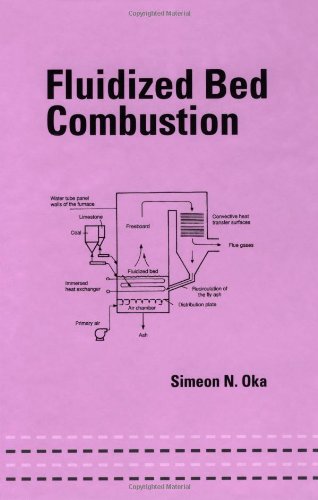
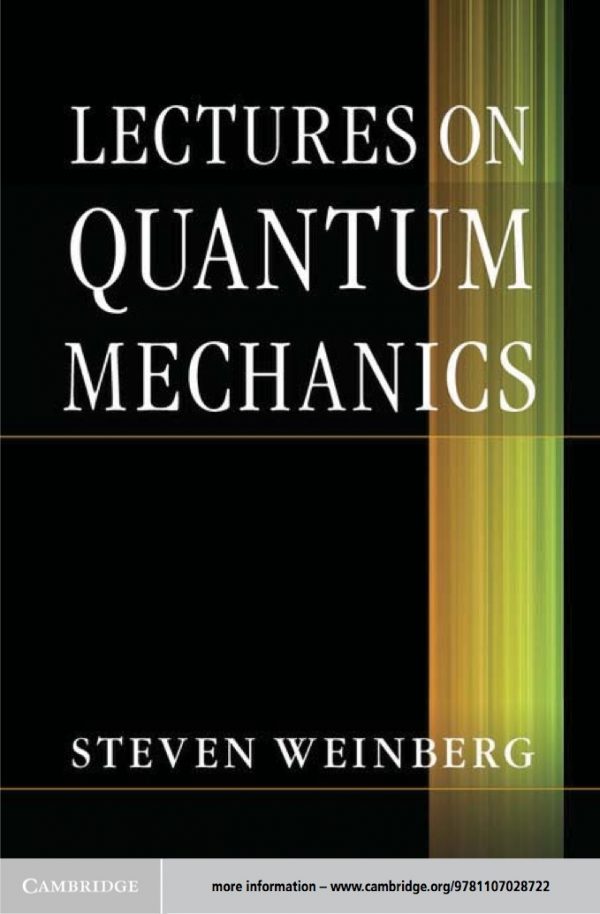
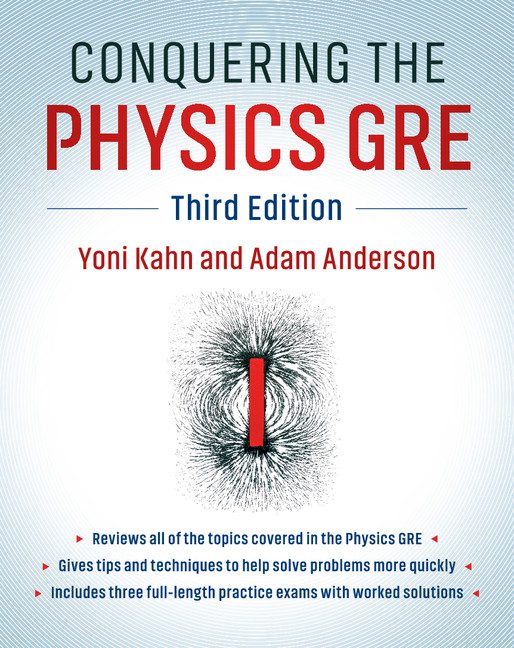
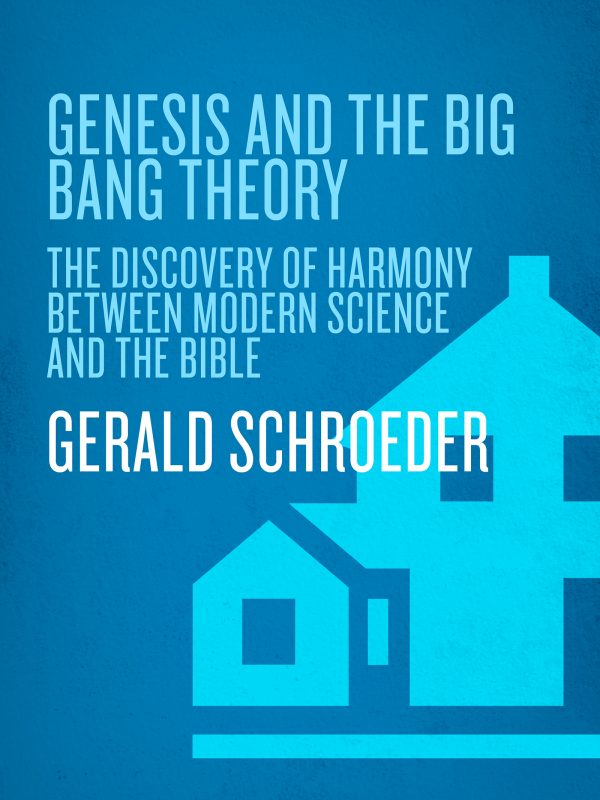
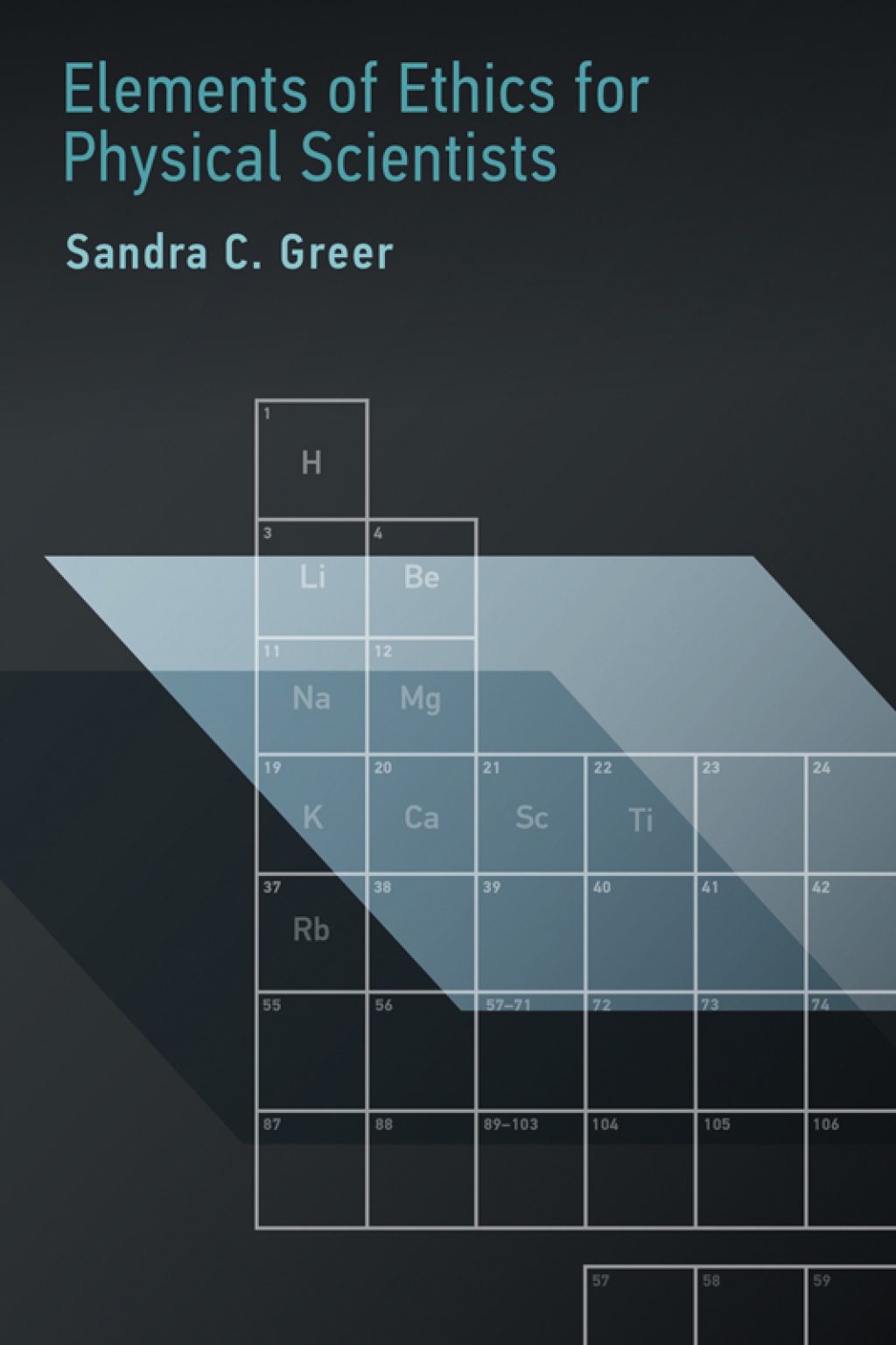


Reviews
There are no reviews yet.